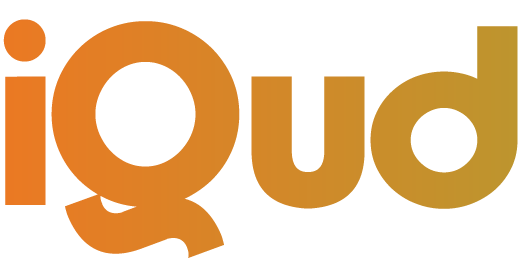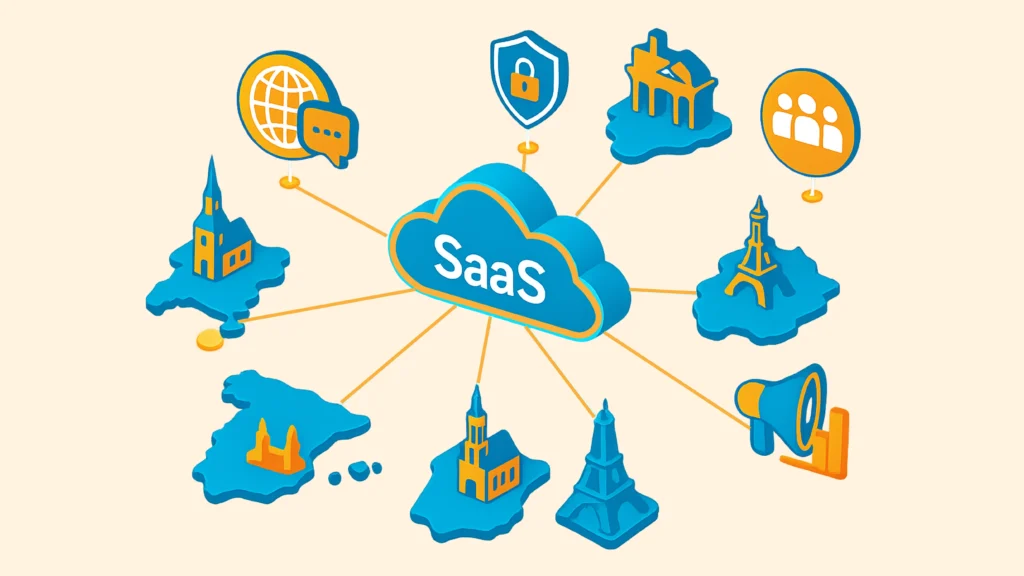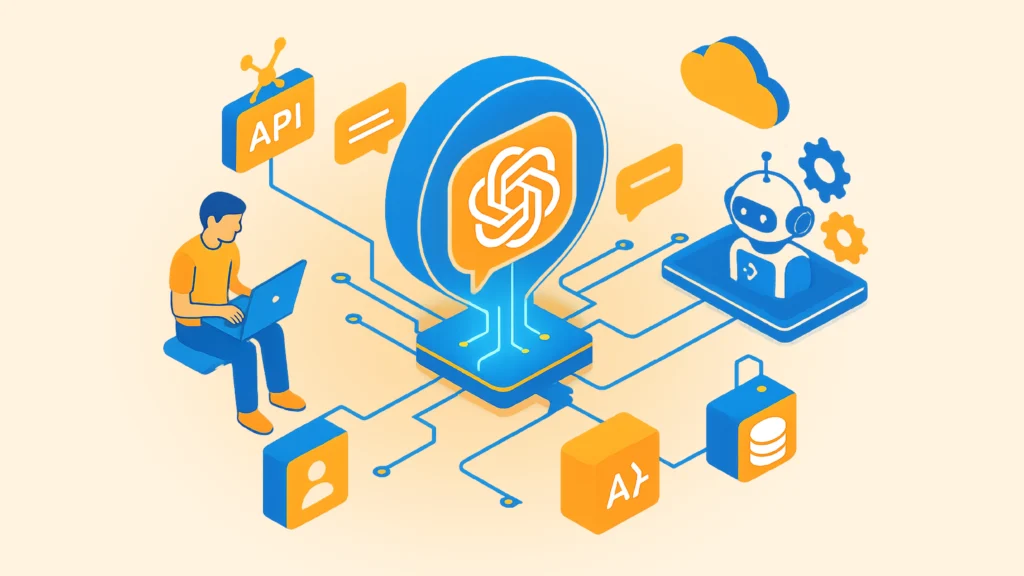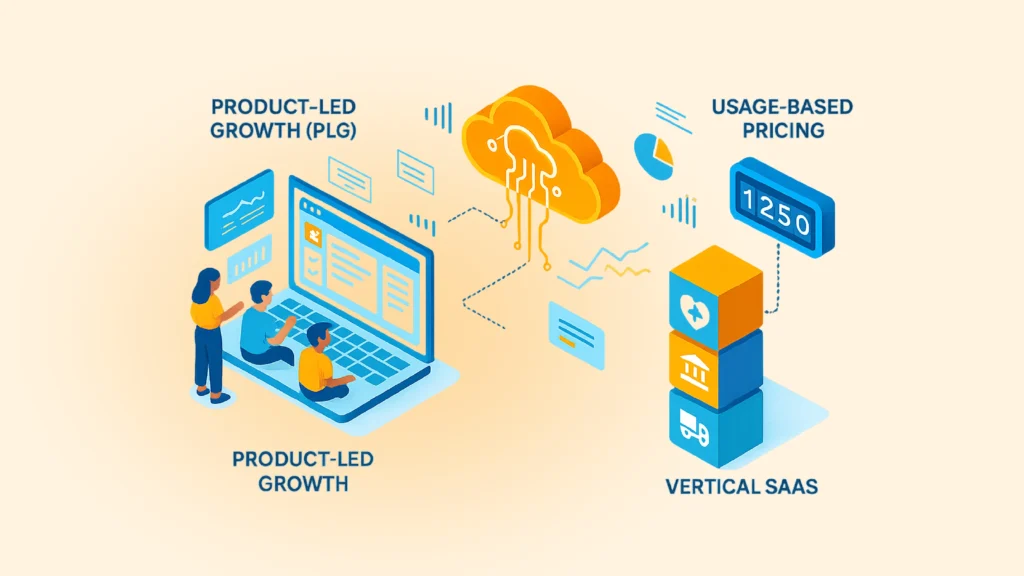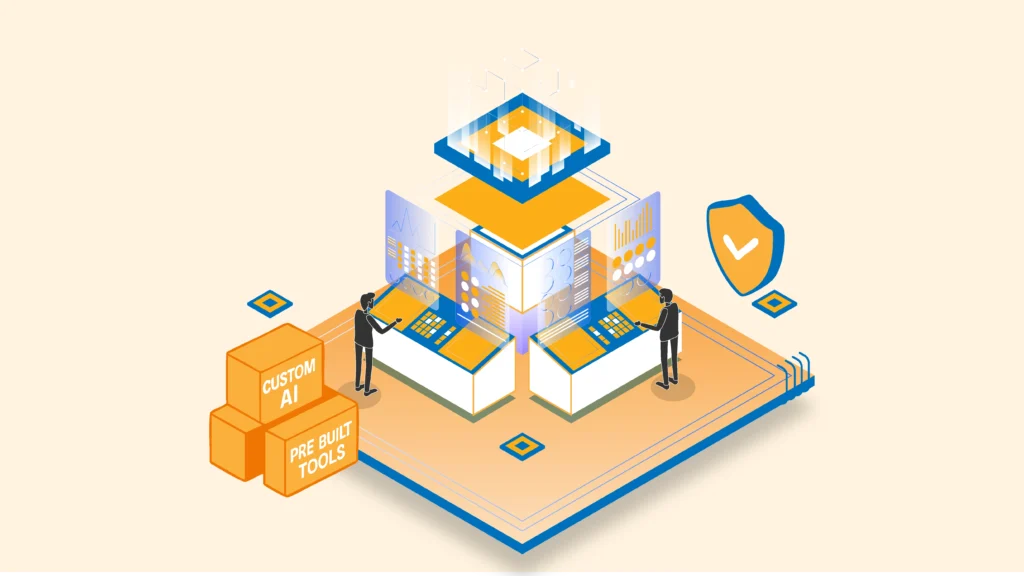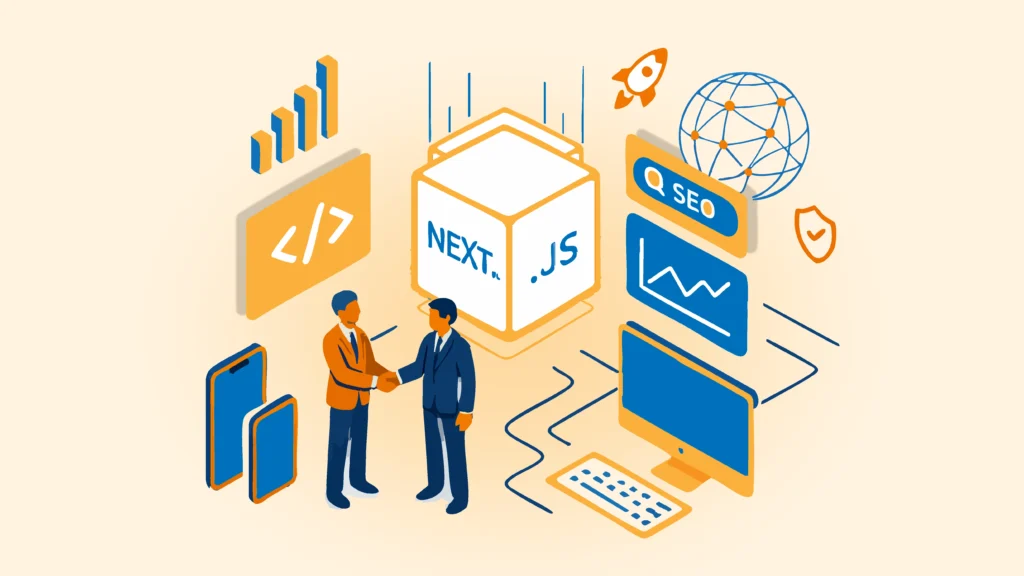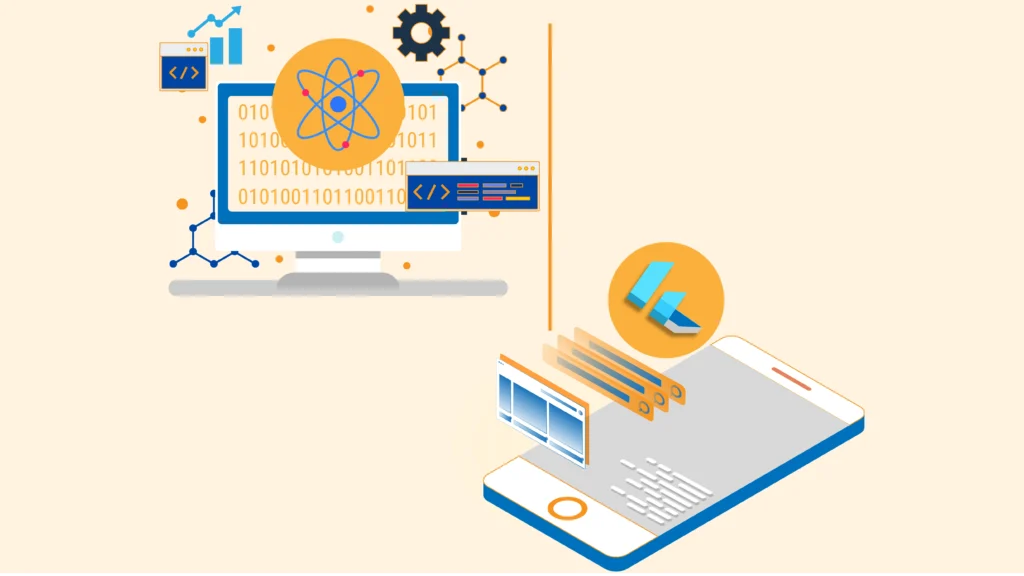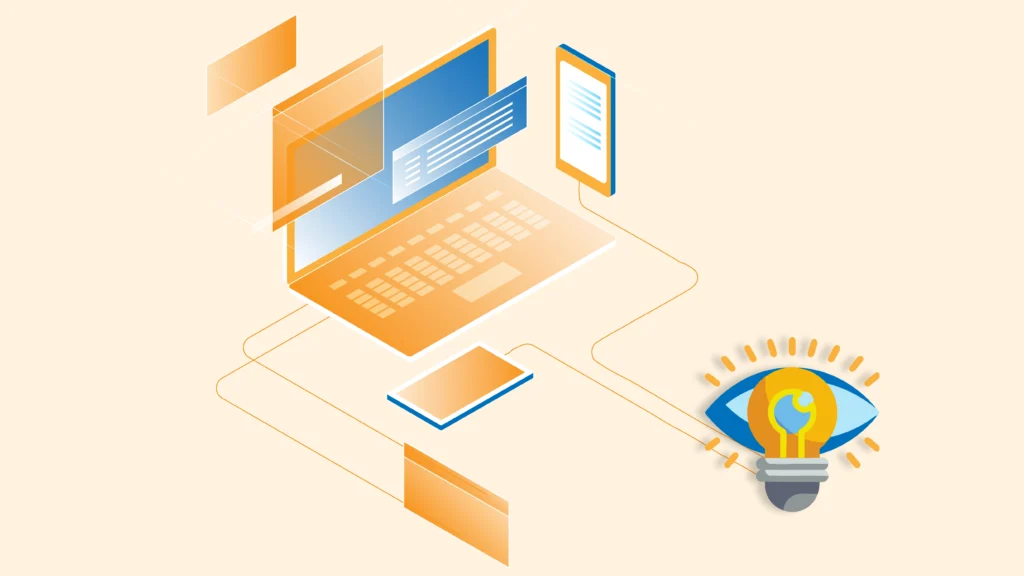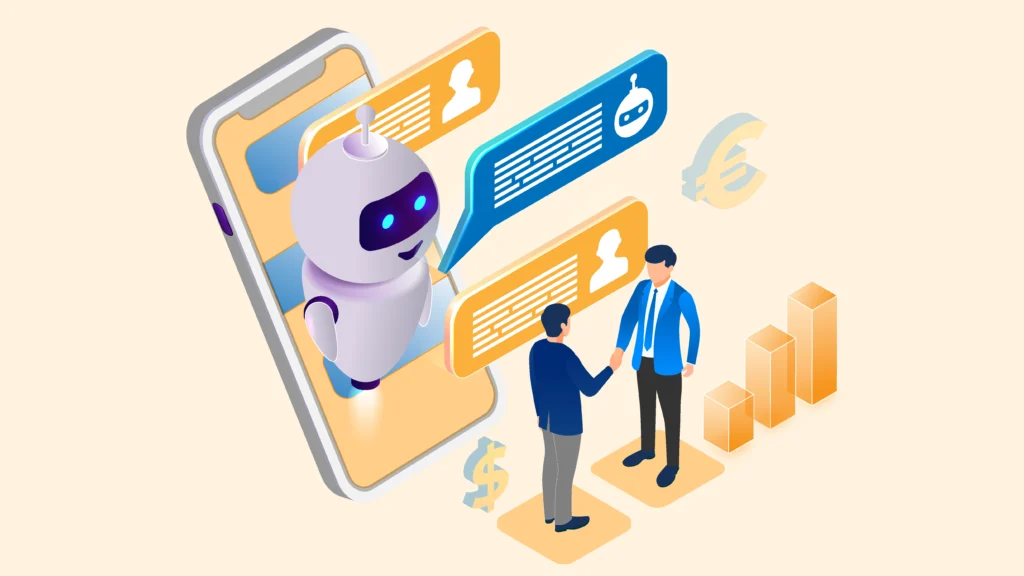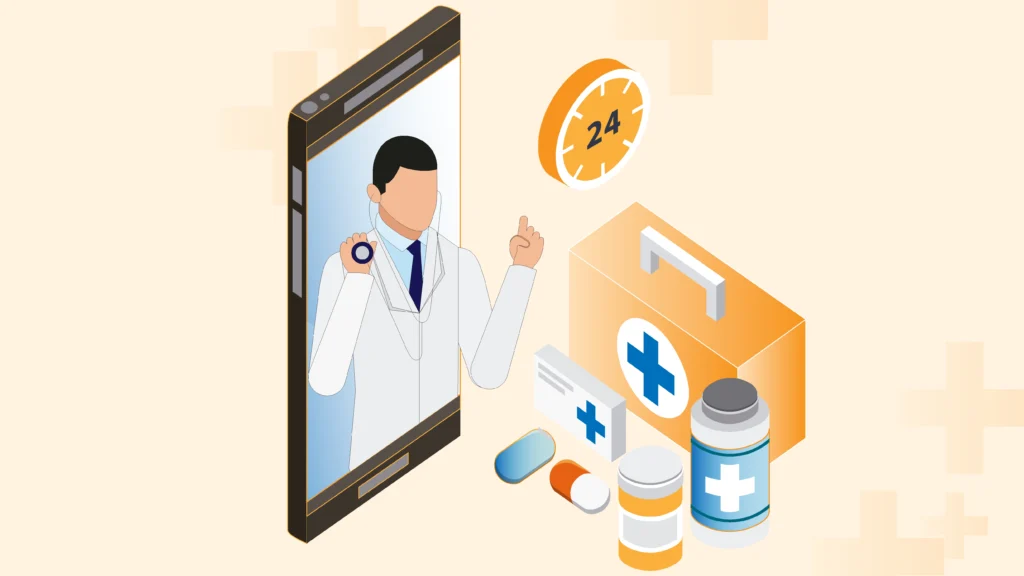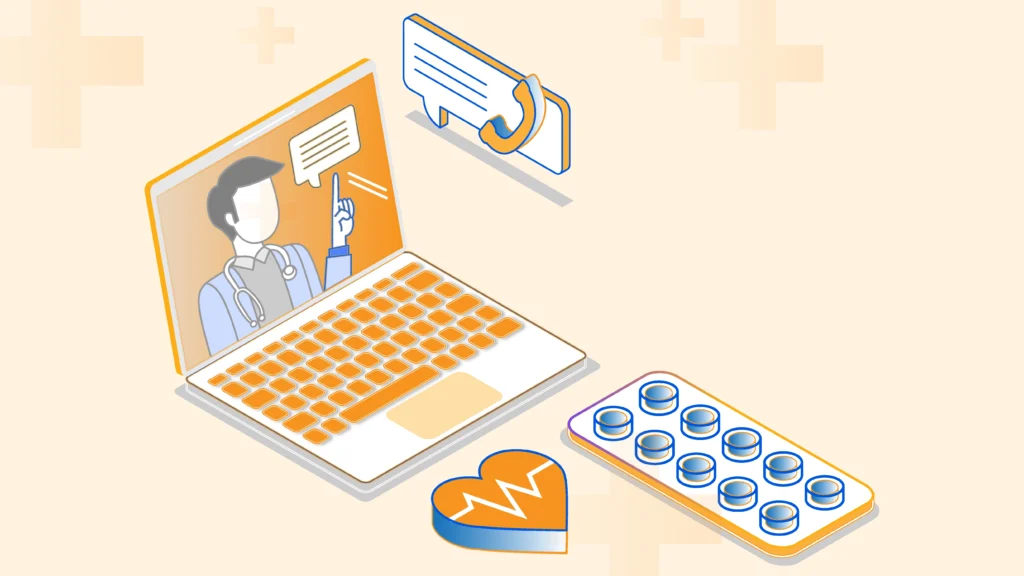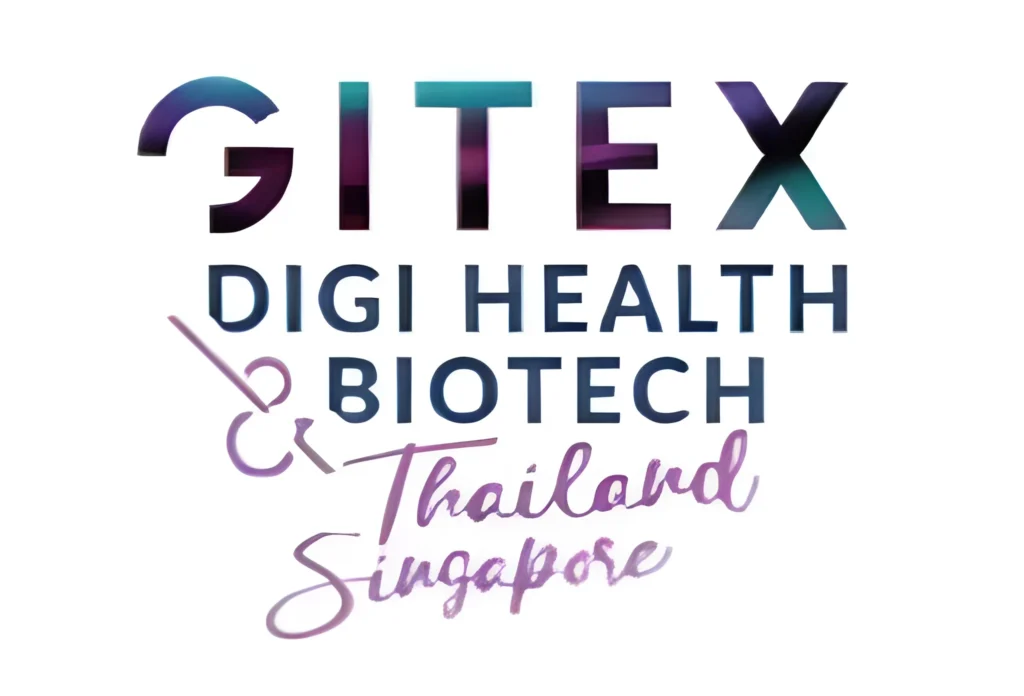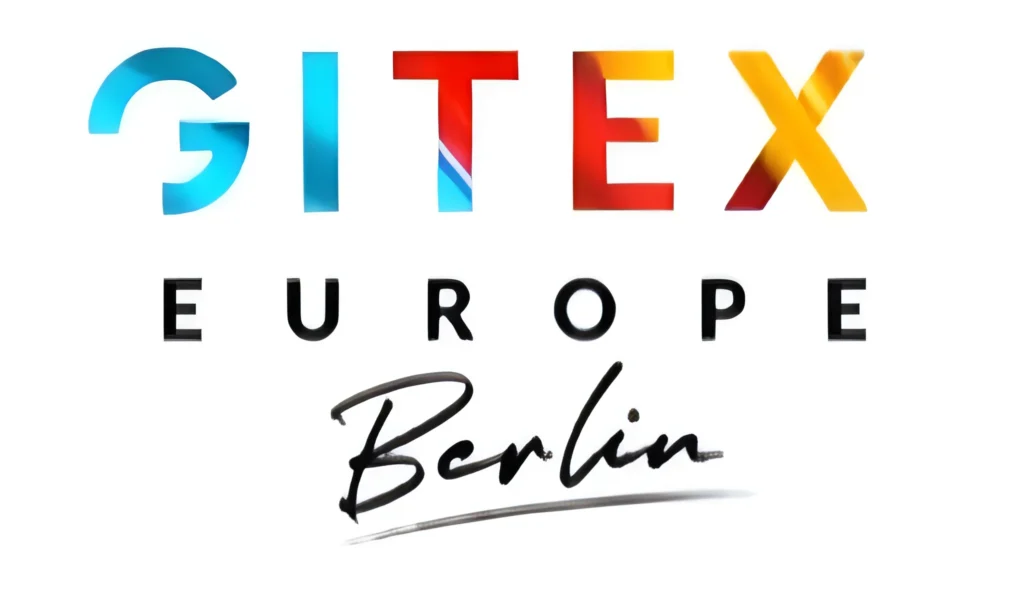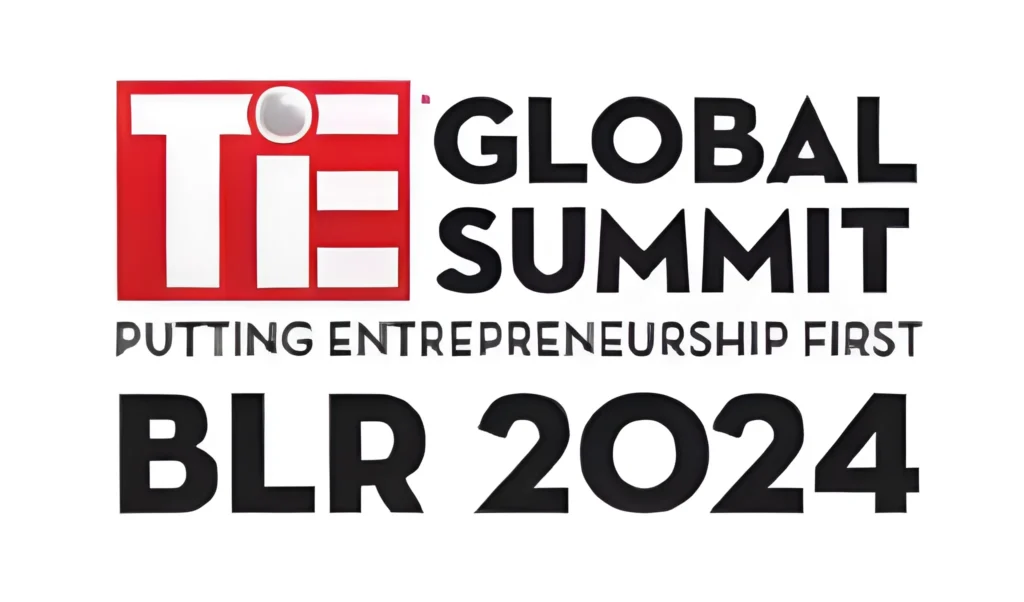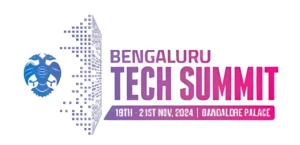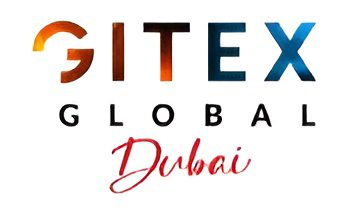SaaS in 2025 – 3 Models Dominating the Global Market
SaaS in 2025 – 3 Models Dominating the Global Market
- September 29, 2025
- 12 Mins Read
Quick Summary
The global market is projected to reach a staggering $702.19 billion by 2030. It is only reasonable to state that the SaaS market is not only flourishing but conquering.
Let’s dive in!
Software as a Service (SaaS) is a delivery model that delivers cloud-based applications via the internet, where providers store the applications and they are accessed by the users. Rather than installing or maintaining software on a local device, businesses and individuals may simply log in to a web browser to access fully managed applications anywhere at any time.
According to Vendr, it is found that companies, on average, use 130 SaaS apps.
Understand SaaS Growth Funnel
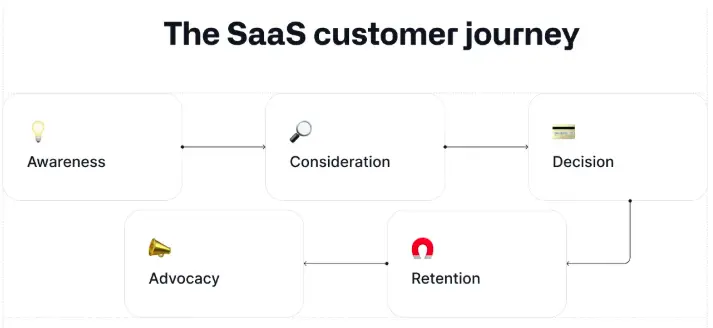
Real-Time Use Case Studies
Vertical SaaS & AI: Lean, Targeted Disruption
Vertical SaaS startups—built for narrow industry workflows and powered with AI—are quietly but effectively transforming niche sectors. These firms often require less funding to reach scalability and offer precise solutions to overlooked, inefficient workflows.
Winning in the 2025 SaaS Landscape
At iQud, we believe the future of SaaS isn’t on the horizon—it’s already here. And it belongs to those who can balance innovation with trust, vision with execution, and strategy with action. Do that, and your SaaS won’t just survive 2025—it will lead the pack.
Frequently Asked Questions
The vast majority of SaaS vendors, including those based on a Product-Led Growth (PLG) business model, will enable you to create an account immediately using only a single email address. You are able to take core features to the test. To illustrate this point, Slack freemium has offered an opportunity to companies to test how real-time collaboration can work before making a purchase.
Yes, enterprise-grade customization is available on many SaaS platforms – especially Vertical SaaS (such as healthcare or finance). These include bespoke workflows, additions and custom support to meet industry requirements.
SaaS providers are generally in line with international requirements like ISO 27001, SOC 2, or GDPR. End-to-end encryption, role access, and continuous monitoring are some of the features that help in providing data security. One is that Salesforce has invested heavily in business-wide security, which makes it a favored choice in regulated sectors.
Absolutely. SaaS is flexible in nature. A business can also begin using usage-based prices and then transition to a hybrid or enterprise contract when usage increases. Such flexibility allows the companies to expand continuously.
It is based on your size, level of growth, and budget.
- PLG or freemium can suit startups in a short time.
- Usage-based pricing is often favored by scaling companies to align the costs with usage.
- Companies are inclined to individualized contracts with vertical-based solutions.
- After consulting with a SaaS and/or analyzing customer usage data can inform the appropriate decision.
The 3 SaaS models that are leading the market in 2025 are,
- Subscription Model
- Usage-Based (Pay-as-You-Go)
- Freemium-to-Paid.
It is cost-relevant to usage and thus pricing is flexible and customer-friendly. To make it more relatable, here is a real-time example.
Example: Snowflake, a cloud data platform, scaled rapidly by adopting a consumption-based model. Customers pay only for the storage and compute they use, which encouraged small businesses to start with minimal costs while allowing enterprises to scale spending as their needs grew. This strategy not only widened Snowflake’s customer base but also drove exponential revenue growth.
Vertical SaaS is more industry-specific (such as healthcare or finance) software, with more value.
